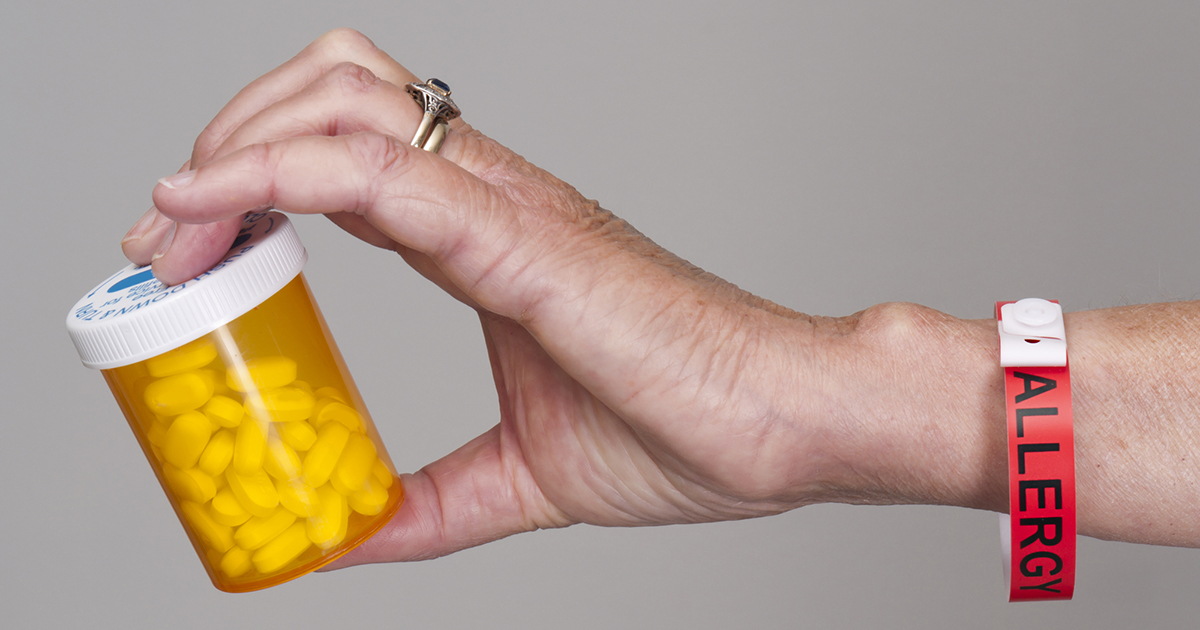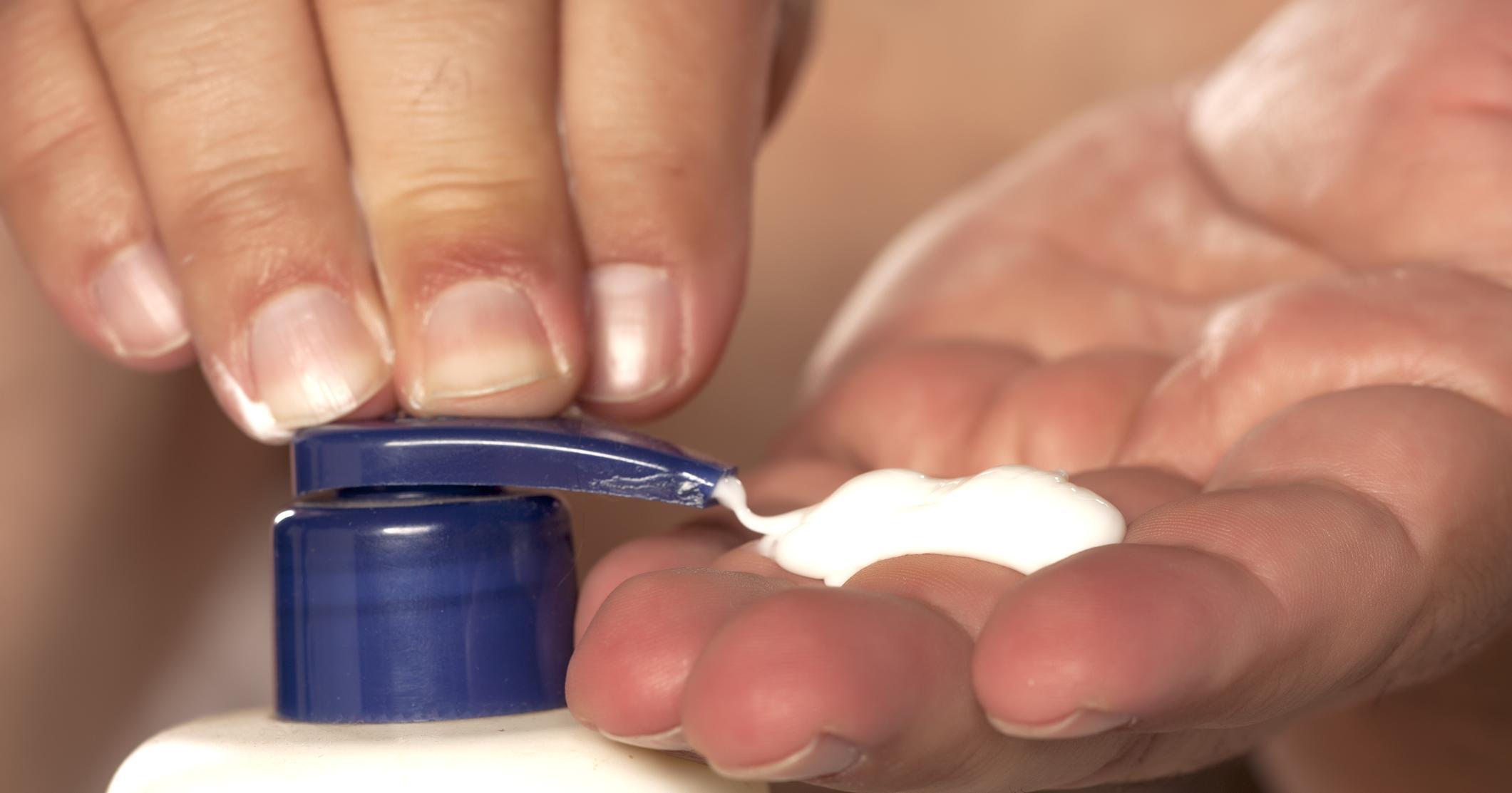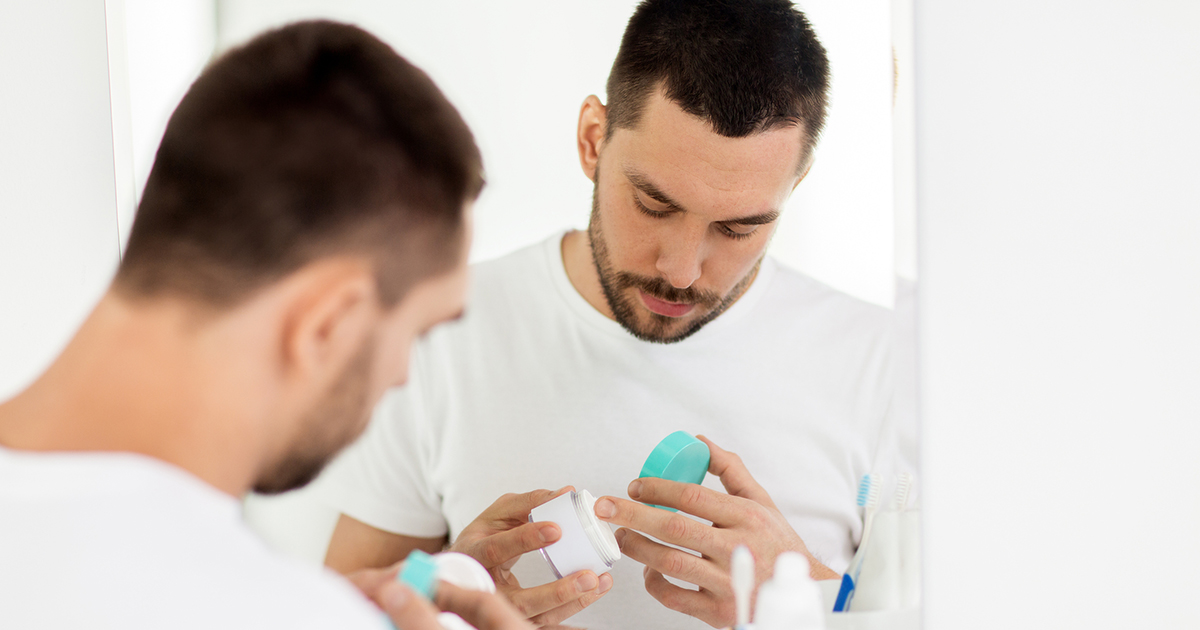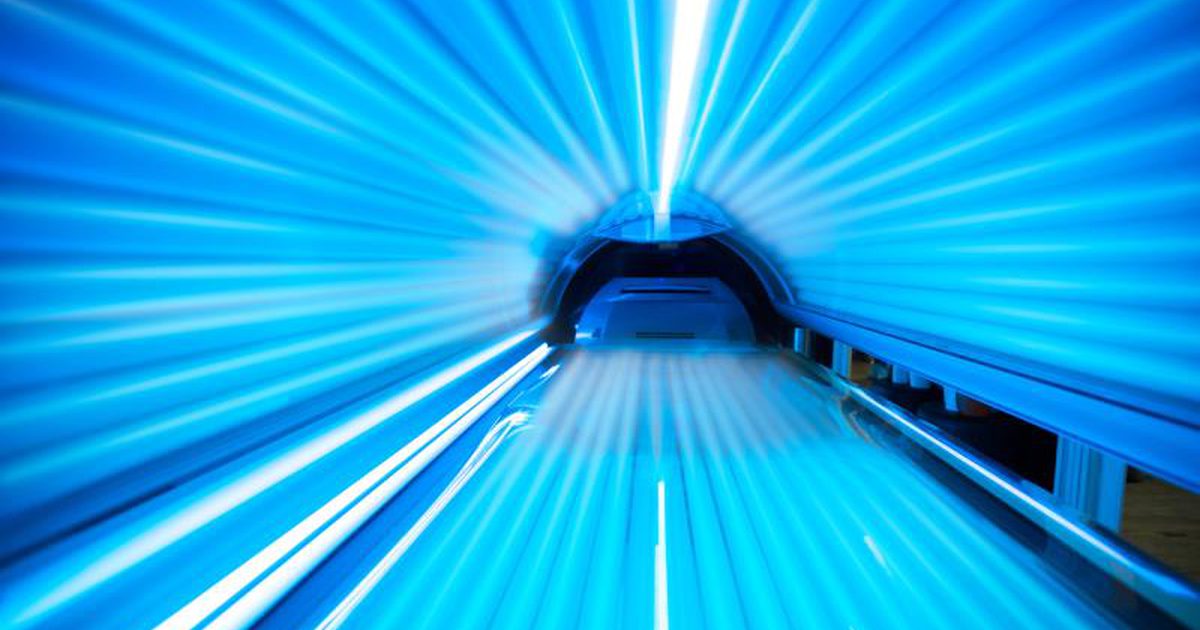Strategies For Treating Grover's Disease
Grover's disease is a somewhat rare yet temporary condition that adversely affects an individual's skin. When patients develop this kind of condition, they'll experience spots on the skin that are raised and reddened as well as blistery. They can also become very itchy and will always develop around the middle portion of the body. Many individuals will notice these bumps along their abdomen and chest. This condition primarily affects men over fifty years old but can also affect women. It's not exactly known what causes Grover's disease. It can appear without any reason or may occur as a result of skin being damaged by the sun. The primary symptoms patients will experience when affected by this disease include the presence of a sudden rash on the back or chest, blisters that are clumped together and are surrounded by a swollen ring, and intense itching. The symptoms last anywhere from six to twelve months but can be alleviated quicker with the help of certain remedies.
Take Oral Antihistamines

If the symptoms a patient is experiencing are mild and aren't causing large amounts of itching, they might want to take oral antihistamines as an initial form of treatment. Histamine is a type of chemical naturally produced in the body and stored in certain cells like basophils and mast cells. These chemicals are typically released from the cells whenever individuals suffer from an allergy. When this chemical is released, individuals will begin to experience some standard symptoms of an allergy like itchy eyes, sneezing, and hives. Antihistamines are medications specifically designed to block histamine from being released, which may help to diminish the symptoms of Grover's disease. These medications are typically taken orally and are available over-the-counter or through a prescription. While antihistamines are generally safe to take, there are some side effects patients should be aware of, which include drowsiness, headaches, constipation, and dry mouth.
Unveil more ways to treat Grover's disease now.
Use Lotions Containing Menthol Or Camphor

Another common treatment is to use lotions containing menthol or camphor, both of which are designed to relieve the itching caused by Grover's disease. For instance, menthol is known to provide the skin with a cooling sensation that helps make the area more comfortable and easier to deal with. Menthol is typically made from mint oil and can be used to treat a wide range of skin conditions. This treatment option should work well if patients want to lessen their Grover's disease symptoms without needing to resort to more invasive treatment methods. Menthol is typically very safe when applied to the skin but can cause an allergic reaction in rare situations with side effects like a skin rash, headaches, fever, and nausea. Camphor, on the other hand, is a type of organic compound used regularly in lotions and ointments that can help relieve irritation and itching. While this substance has a strong odor, it's very easily absorbed into the skin, which means patients should notice the benefits soon after applying the lotion.
Learn more about how to treat Grover's disease effectively now.
Apply Cortisone Cream

Patients diagnosed with Grover's disease should make sure to apply cortisone cream to the affected area, which can help with the treatment of mild or moderate rashes caused by the disease. This cream is usually available as a prescription medication and can help with the reduction of many of the symptoms of Grover's disease. The main symptoms that should lessen in severity when patients apply the cortisone cream include itching and the red rash. Cortisone is an anti-inflammatory substance that can be very effective when applied properly to the skin. Patients should ensure they don't place the cream under their armpits unless advised to do so by a doctor. They also want to wash their hands thoroughly before using the cream. In most cases, this cream can be applied as many as three to four times each day. However, it's important to follow the exact dosage as labeled on the prescription.
Get to know more strategies for treating Grover's disease now.
Reduce Sweat-Inducing Activities

While the exact cause of Grover's disease isn't known, it's largely believed high amounts of sweat can contribute to its development. As such, individuals are going to want to reduce the sweat-inducing activities they take part in. For one, individuals should make sure they stay away from warming items and rooms such as electric blankets, hot tubs, and steam rooms, each of which can cause Grover's disease symptoms to worsen and may lengthen the amount of time patients deal with this condition. Patients will also want to minimize the amount of exercising they do while suffering from this condition. When individuals want to exercise, focus on performing exercises that won't cause too much sweat like walking, stretching, or short yoga routines.
Learn more about various treatment options for Grover's disease now.
Light Therapy With Medication

There are times when the symptoms associated with Grover's disease are severe and may keep returning even after they've initially dissipated. When this occurs, patients may be prescribed light therapy with medication. This type of ultraviolet light therapy has been used in the treatment of a wide range of different skin diseases and may be able to lessen Grover's disease symptoms by inhibiting certain cell multiplication. This option can be used to treat a large area of skin and will need to be performed under the supervision of a physician. The medications used with this light therapy are taken around forty-five to sixty minutes before the ultraviolet light therapy is administered. The application of light helps to activate the ingredients in the initial medication they've taken. Patients may experience relief from symptoms in just a few treatments. However, it can take up to fifteen applications of the therapy for complete relief to occur.
